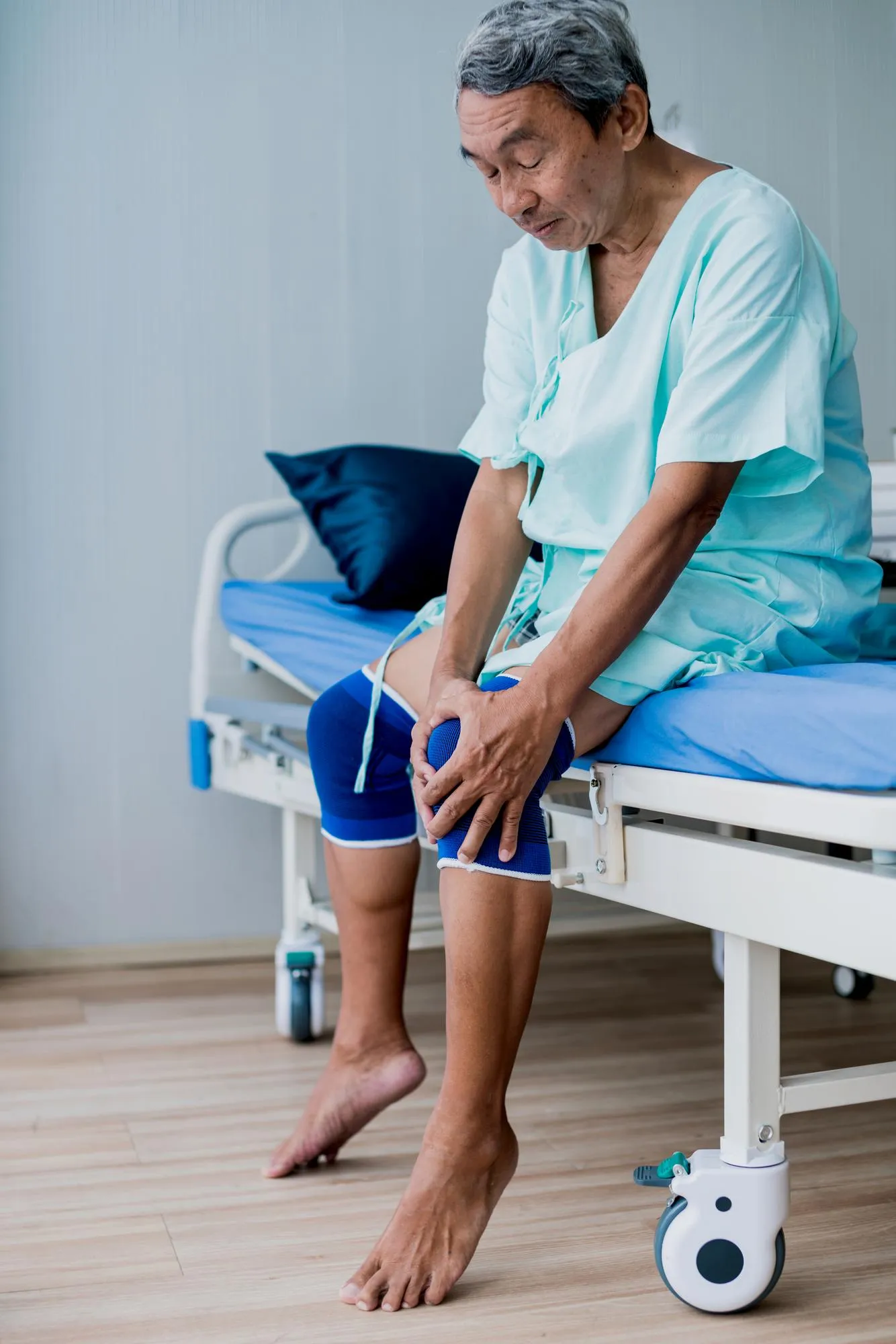Keywords
1. iPACK Block
2. Total Knee Arthroplasty
3. Popliteal Artery
4. Joint Innervation
5. Regional Anesthesia
In the world of modern medicine, the quest for effective pain relief is an ongoing endeavor, particularly within the specialization of anesthesia. A recent study published in “Regional Anesthesia and Pain Medicine” provides new insights into a developing analgesic technique referred to as the iPACK block (infiltration between the popliteal artery and the capsule of the knee), which is gaining attention for its potential to significantly reduce posterior knee pain following a total knee arthroplasty. This cutting-edge research offers a deeper understanding of not only the technique’s mechanics but its implications for postoperative care. The results of the study are encapsulated in the article titled “Evaluation of the iPACK block injectate spread: a cadaveric study,” which was found to have a DOI of 10.1136/rapm-2018-100355.
The study carried out by Tran et al. (2019) delves into quantifiable aspects of the iPACK block and the extent of its efficacy by measuring the spread of injectate dye in cadaver specimens. It explores two different injection techniques—proximal and distal—and their effects on the coverage area and nerve staining within the knee.
Background: Total Knee Arthroplasty and Postoperative Pain
Total knee arthroplasty (TKA) is a common orthopedic surgery undertaken to relieve severe arthritis-associated pain and disability. Despite advances in surgical techniques, postoperative pain, particularly behind the knee, continues to be a challenge, impacting patient recovery and satisfaction. The iPACK block has emerged as a promising method to address this gap in pain management by targeting the articular branches of the nerve that innervate the posterior aspect of the knee joint.
The Study: A Cadaveric Analysis of iPACK Block Efficacy
The research team conducted a controlled, cadaveric analysis to objectively study the effect of the iPACK block. They used a sample of 14 lightly embalmed cadaver specimens, dividing them into two groups of seven. Each group received an injection of 10 mL of methylene blue dye solution guided by ultrasound, with one group receiving a proximal injection (1 fingerbreadth above the base of the patella) and the other a distal injection (at the superior border of the femoral condyles).
After the injection, the specimens were dissected, and detailed digitization was employed alongside 3D modeling techniques to precisely map the area where the dye had spread. The frequency of nerve staining was also meticulously recorded, particularly concerning the four articular branches believed to supply the posterior capsule of the knee.
Findings and Implications
Upon analysis, it was revealed that both proximal and distal injection techniques resulted in a similar mean area of injectate spread, suggesting that the efficacy of the iPACK block in terms of coverage is not substantially affected by the injection site within the described parameters.
The genicular branch of the posterior division of the obturator nerve was stained in all specimens, signifying consistent nerve targeting, which is paramount for effective analgesia. Interestingly, while the superior medial genicular nerve was commonly affected by the proximal injection technique—perhaps due to the dye’s spread through the adductor hiatus—the superior lateral genicular nerve, and anterior branch of the common fibular nerve were more consistently stained following distal injection. This distinction in dye spread patterns implies that the location of the iPACK injection could be tailored based on the specific area of postoperative pain anticipated in patients.
Clinical Insights and Future Directions
The study by Tran et al. (2019) sets a foundational understanding of the iPACK block technique’s efficiency in spreading to the pertinent nerves responsible for posterior knee pain. However, as the authors emphasize, further clinical study is required to confirm these findings in living subjects where factors such as tissue perfusion and interstitial pressures come into play.
Clinical trials assessing the analgesic effect of iPACK blocks in live patients post-TKA would be crucial to determine not just the spread of the analgesic agent but also the resultant relief experienced by subjects. Moreover, comparative analyses with other pain management techniques will be necessary to establish the iPACK block as a standard practice in the realm of knee surgeries.
The study holds promise for enhanced postoperative care, potentially augmenting recovery rates and patient comfort, marking a significant advance in analgesia for knee surgery. However, the medical community must interpret these findings with the understanding that transition from cadaveric indications to live patient outcomes carries intrinsic variabilities.
The pioneering work presented in “Evaluation of the iPACK block injectate spread: a cadaveric study” is a testament to the continued evolution of regional anesthesia techniques and their applications. As we push the boundaries of pain relief following knee arthroplasty, studies of this nature are indispensable, providing necessary benchmarks for improved patient care.
References
1. Tran, J. J., Arango, L. G., Peng, P., Kumar, S. S., Agur, A., & Chan, V. V. (2019). Evaluation of the iPACK block injectate spread: a cadaveric study. Regional Anesthesia and Pain Medicine, rapm-2018-100355. DOI: 10.1136/rapm-2018-100355
2. Johnson, R. L., & Kopp, S. L. (2019). Regional anesthesia for knee arthroplasty: Does the evidence support the move away from neuraxial anesthesia? Current Opinion in Anaesthesiology, 32(5), 640–646. DOI: 10.1097/ACO.0000000000000774
3. Ilfeld, B. M., & Gabriel, R. A. (2019). The popliteal sciatic nerve block for foot and ankle surgery: Twenty years later, what is the evidence? Anesthesia & Analgesia, 128(6), 1191–1199. DOI: 10.1213/ANE.0000000000004059
4. Elkassabany, N. M., Cai, L. F., & Badiola, I. (2019). A systematic review and meta-analysis of the effects of perioperative regional anesthesia on pain following total knee replacement. Journal of Clinical Anesthesia, 55, 63–75. DOI: 10.1016/j.jclinane.2018.12.007
5. Shauver, M. J., & Strodtbeck, W. M. (2019). Regional anesthesia considerations for joint replacement surgery. Regional Anesthesia and Pain Medicine, 44(8), 775–786. DOI: 10.1097/AAP.0000000000001030
